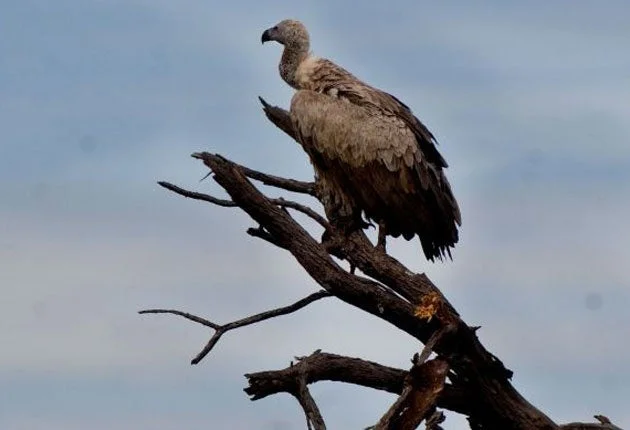
Tragic Vulture Mass Poisoning: A Wake-Up Call for Wildlife Conservation
A devastating incident in South Africa's Kruger National Park has left at least 123 vultures dead after they consumed a poisoned elephant carcass. This tragic event not only highlights the dire state of wildlife conservation but also underscores the alarming methods employed by poachers that threaten these natural scavengers.
According to SANParks, the national parks agency, it is suspected that poachers laced the elephant with agricultural pesticides to harvest its valuable body parts for the illegal wildlife trade. In a desperate attempt to mitigate the damage caused by this horrific act, another 83 vultures were rescued from the site and transported for treatment via helicopter and a specialized vulture ambulance, providing a glimmer of hope amidst the tragedy.

This mass poisoning is among the worst recorded in the history of Kruger National Park and serves as a stark reminder of the crucial role vultures play in maintaining healthy ecosystems. These birds are essential for cleaning up animal carcasses, an important function that directly impacts the health of the environment. However, their scavenging nature also makes them especially vulnerable to poisoning, either through intentional targeting or as collateral damage from poisoned animal remains.
The elephant, which fell victim to poachers in a remote section of the vast park, is emblematic of a broader crisis unfolding across southern Africa: the increasing use of poison in wildlife poaching efforts. In their joint statement, SANParks and the Endangered Wildlife Trust noted that poachers are increasingly resorting to agricultural toxins to eliminate high-value species.
Unfortunately, many vulture species are already categorized as endangered due to poisoning and various other threats. In this incident, the species affected included Cape vultures, endangered lappet-faced vultures, and critically endangered white-backed and hooded vultures.
The Kruger National Park, spanning approximately 20,000 square kilometers, faces daily threats from poachers targeting prized species such as rhinos, elephants, and lions. As rangers continue to fight against these illegal activities, the recent loss of so many vultures is a significant setback for conservation efforts.
As we reflect on the magnitude of this tragedy, we must ask ourselves: What more can be done to protect not only vultures but all endangered species from the devastating impacts of poaching? The question is crucial as we endeavor to find solutions to a growing crisis in wildlife conservation.
Please leave your thoughts and comments below to discuss how we can collectively work towards a future where the balance of nature is protected against such devastating acts.